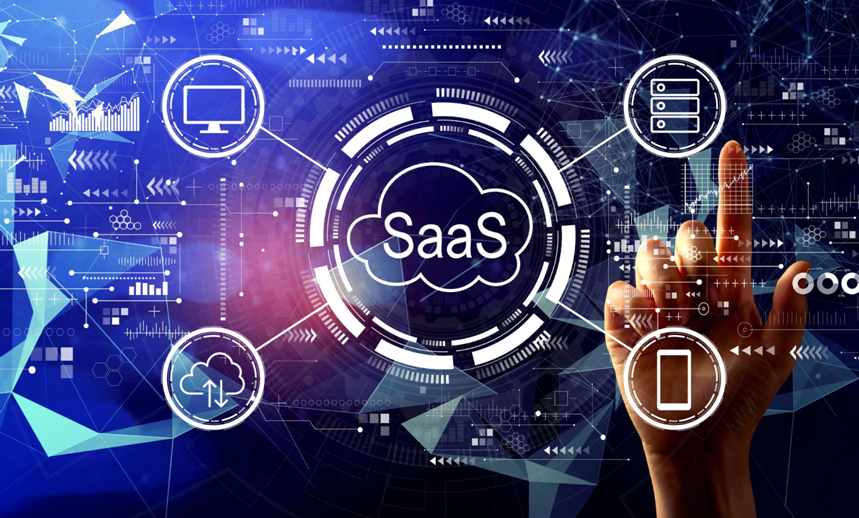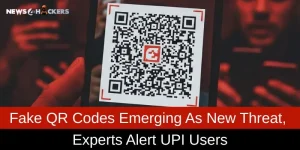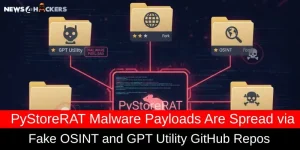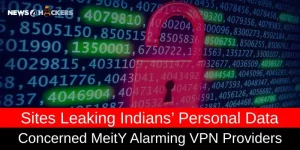SaaS Security Powered by AI: Keeping Up with a Growing Attack Surface
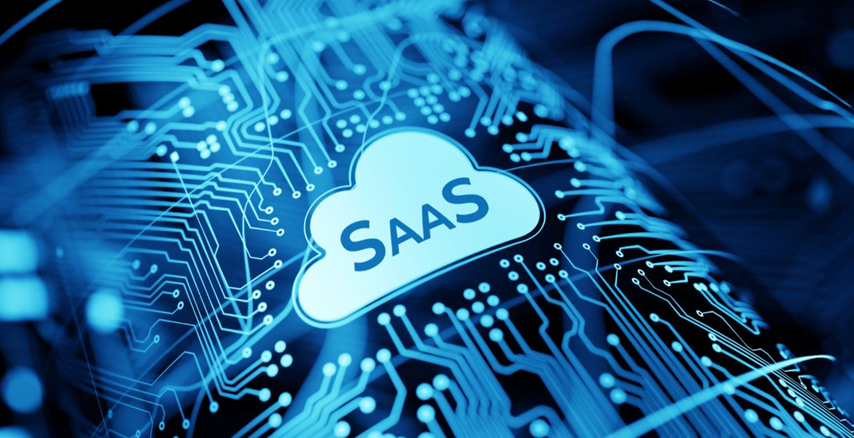
SaaS Security Powered by AI: Keeping Up with a Growing Attack Surface
The average number of SaaS applications used by organizations is currently 112, and this number is constantly increasing. A 2024 study found that 49% of 644 respondents who regularly used Microsoft 365 thought they had less than 10 apps linked to the platform, even though aggregated data showed that each deployment had an average of more than 1,000 Microsoft 365 SaaS-to-SaaS relationships. And that’s only one significant SaaS supplier.
Consider further unanticipated serious security threats:
- Misconfigurations are a major danger because every SaaS application has different security settings.
- Due to the large volumes of sensitive data they store, business-critical apps (such as CRM, banking, and communication tools) are often targeted by hackers.
- Unnoticed vulnerabilities are introduced via shadow IT and third-party integrations.
- Both big and small third-party AI service providers (such as audio/video transcription services) might not properly test and review code or adhere to legal and regulatory requirements.
Additionally, thousands of developers are constantly pushing modifications for major SaaS companies. It is impossible and difficult to comprehend every SaaS application, evaluate risks, and secure configurations. And it’s mostly just noise. Small nuances are frequently missed, yet perhaps nothing bad is happening on a large scale.
Organizations are vulnerable to possible breaches since traditional security methods cannot grow to meet these needs.
AI: The Only Way to Keep Up
The resources and effort required to protect SaaS are not keeping up with its complexity. AI is now necessary, not optional. SaaS security is being revolutionized by AI-driven security solutions, which blend powerful analytics and Generative AI (or GenAI) via:
- Providing immediate security insights via AI conversation.
- Effectively investigating security incidents.
- Converting difficult SaaS security queries into understandable, useful responses.
- Putting risks into visual form to gain a better understanding.
- Breaking language barriers — Security teams may communicate with AI in English, French, and Japanese thanks to multilingual support. Multilingual support improves accessibility and reaction times by enabling teams throughout the world to interact with security data in their native tongue.
For example, some AI-driven apps can alert administrators to problems resulting from overprovisioning of privileges, taking into consideration access patterns, sensitive data, or compliance requirements, and assist them in the remediation process thanks to their capacity to piece together context from disparate data points. In addition to standard threat notifications, some genuine AI-driven apps notify administrators of emerging threats, outlining possible repercussions and providing a prioritized list of corrective actions.
The Power of AI + Data Depth
GenAI is powered by high-quality data, which is frequently scarce. The quality of the data influences how effective the results are, even if GenAI is being used more and more to generate synthetic data for simulations, detection testing, and red-teaming exercises.
To prevent generating erroneous or deceptive results, generative models need clean, pertinent, and objective datasets. In cybersecurity environments where high-fidelity threat intelligence, logs, and labeled incident data are limited or isolated, this poses a significant difficulty.
For example, developing a GenAI model to model cloud breach situations requires access to comprehensive, context-rich data, which isn’t always possible because of privacy issues or a lack of standard formats.
However, GenAI can be an effective tool that speeds up incident reporting by automating threat research, which can assist researchers, engineers, and analysts all work more efficiently. However, addressing the gap in data availability and quality is the first step towards its success.
Finding quick, practical solutions in SaaS security has always required sorting through data, which may be laborious and call for specialized knowledge.
The quality of the data AI examines determines how effective it is. AI’s capacity to examine security events enables it to offer comprehensive insight into SaaS systems and more precisely identify vulnerabilities. AI helps security teams prioritize threats, correlate intricate security observations, and offer recommendations based on practical experience.
With over 2 billion security events processed per day and over 101 million users protected, guarantees:
- Deep visibility into SaaS environments
- Accurate risk detection and prioritization
- Actionable security insights grounded in expertise
Real-World Impact: AI in Action
Recently, a multinational corporation used AI to evaluate its intricate SaaS environment. A famous AI-based software effectively examined the system and identified important areas for attention with only a few prompts. One customer was able to take quick action and correct the following insights provided below:
- A serious misconfiguration occurs when a program gets around IP constraints.
- One significant security flaw in Salesforce is unauthorized self-authorization.
- High-risk, outdated apps are identified before they can be exploited.

Without AI, it might have taken hours to uncover these threats or gone completely unnoticed.
The Present and Future Belongs to AI-Driven SaaS Security
AI is redefining what is possible, not only improving the security of SaaS apps. Businesses that use AI-powered security solutions will have a significant advantage in safeguarding their information and fending off online attacks.
Moreover, in order to enhance your current IT Security posture through well-proven methods under the professional considerations of world-class VAPT Solutions Providers at Craw Security, the sister vertical of News4Hackers, you can nicely give us a call at our 24X7 hotline number +91-9513805401 to have a word with them and let your IT infrastructure get pentested at the earliest possiblity.
About The Author:
Yogesh Naager is a content marketer who specializes in the cybersecurity and B2B space. Besides writing for the News4Hackers blogs, he also writes for brands including Craw Security, Bytecode Security, and NASSCOM.
READ MORE HERE

